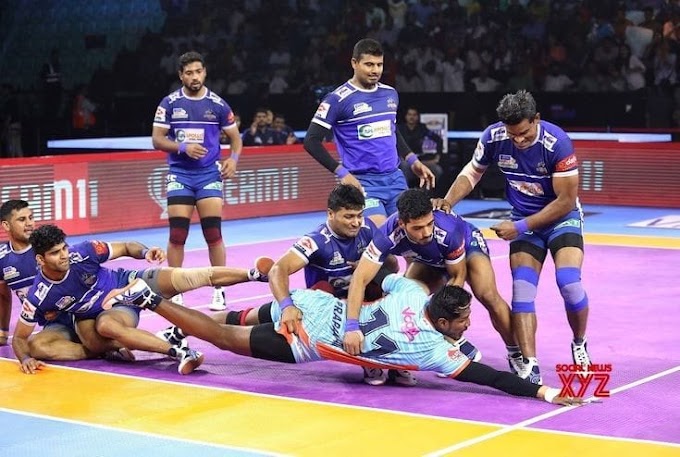Understanding Indirect Speech – Present Continuous Tense
Indirect speech is used to report what someone said, without quoting their exact words.
When the reported speech is in Present Continuous Tense, the way we convert it depends on the tense of the reporting verb.
Formula:
Direct Speech:
Subject + says/said/will say/has said + Subject + is/am/are + verb + ing + O.
Indirect Speech:
• If reporting verb is in present/future: No change in tense
• If reporting verb is in past: Present Continuous → Past Continuous
Rule Overview:
• Reporting verb in present or future (say, says, will say, has said) → No change in tense
• Reporting verb in past (said) → Present Continuous changes to Past Continuous
1. Reporting verb: say / says (Present Tense)
No change in tense
Direct Speech:
She says, "I am cooking food."
Indirect Speech:
She says that she is cooking food.
ती म्हणते की ती अन्न शिजवत आहे.
Direct Speech:
I say, "He is going to school."
Indirect Speech:
I say that he is going to school.
मी म्हणतो की तो शाळेत जात आहे.
2. Reporting verb: has said (Present Perfect Tense)
No change in tense
Direct Speech:
He has said, "They are waiting outside."
Indirect Speech:
He has said that they are waiting outside.
त्याने सांगितले आहे की ते बाहेर वाट पाहत आहेत.
3. Reporting verb: will say (Future Tense)
No change in tense
Direct Speech:
She will say, "I am learning French."
Indirect Speech:
She will say that she is learning French.
ती म्हणेल की ती फ्रेंच शिकत आहे.
4. Reporting verb: said (Past Tense)
Present Continuous changes to Past Continuous
Direct Speech:
He said, "I am doing my homework."
Indirect Speech:
He said that he was doing his homework.
तो म्हणाला की तो त्याचा गृहपाठ करत होता.






0 Comments